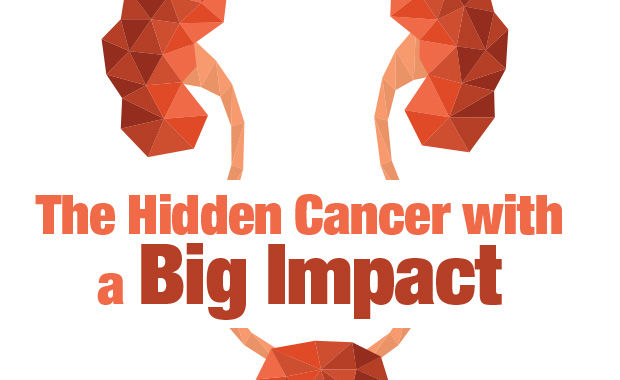In addition to being the fifth most common cancer in Canada, it is the fourth among men and twelfth among women. There are an estimated 80,000 bladder cancer patients in Canada — about 8,300 more are diagnosed every year and 2,300 will die of the disease.
“Blood in the urine does not always indicate bladder cancer — it can be caused by a number of conditions — but seeing a doctor immediately to find out is critical.”
Bladder cancer is the most expensive cancer to treat on a per patient basis because of an 80 percent recurrence rate. Yet, ranking 20 out of the 24 most common cancers, research funding into this disease lags almost all other cancers. Although the exact cause of bladder cancer is not known, smoking is a common risk factor, as is age and occupational exposure to specific chemicals.
Signs and symptoms
The most common symptom of bladder cancer is blood in the urine (called hematuria). Bloody urine may vary from pale yellow-red to bright or rusty red. Blood in the urine does not always indicate bladder cancer — it can be caused by a number of conditions — but seeing a doctor immediately to find out is critical. Early diagnosis can increase the chances of effective treatment. Other symptoms may include bladder spasms, increased frequency and urgency of urination, and burning sensation during urination.
In about 80 percent of cases, bladder cancer tumours are contained within the bladder and have not grown into the surrounding muscle or beyond (nonmuscle-invasive disease). This type of bladder cancer is initially treated with surgery to remove the tumours from inside the bladder and patients may require additional drugs placed into the bladder.
Treatment options
When the tumours have grown into the muscle of the bladder or spread beyond into other tissues, organs, or lymph nodes (muscle-invasive disease), treatment may include chemotherapy, surgery, radiation, or a combination of these — depending on how far the tumour has spread.

Surgery usually involves removal of the entire bladder (radical cystectomy). When the bladder is removed, a segment of bowel is used to allow drainage of the urine. Select patients may be treated with chemotherapy or radiation, instead of surgery.



